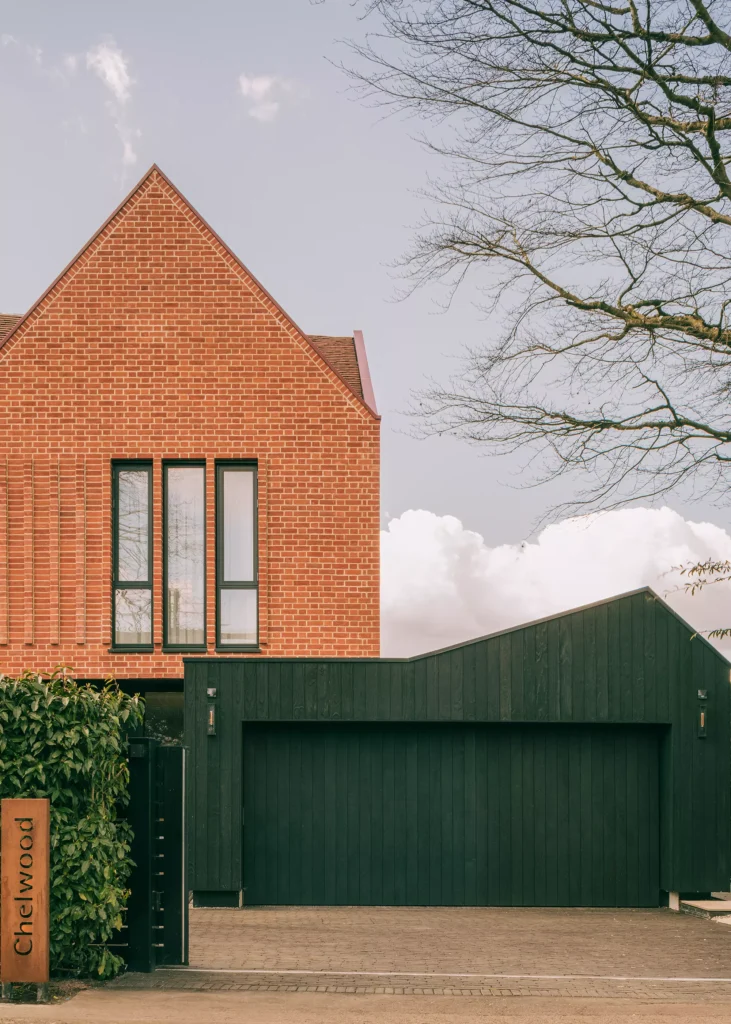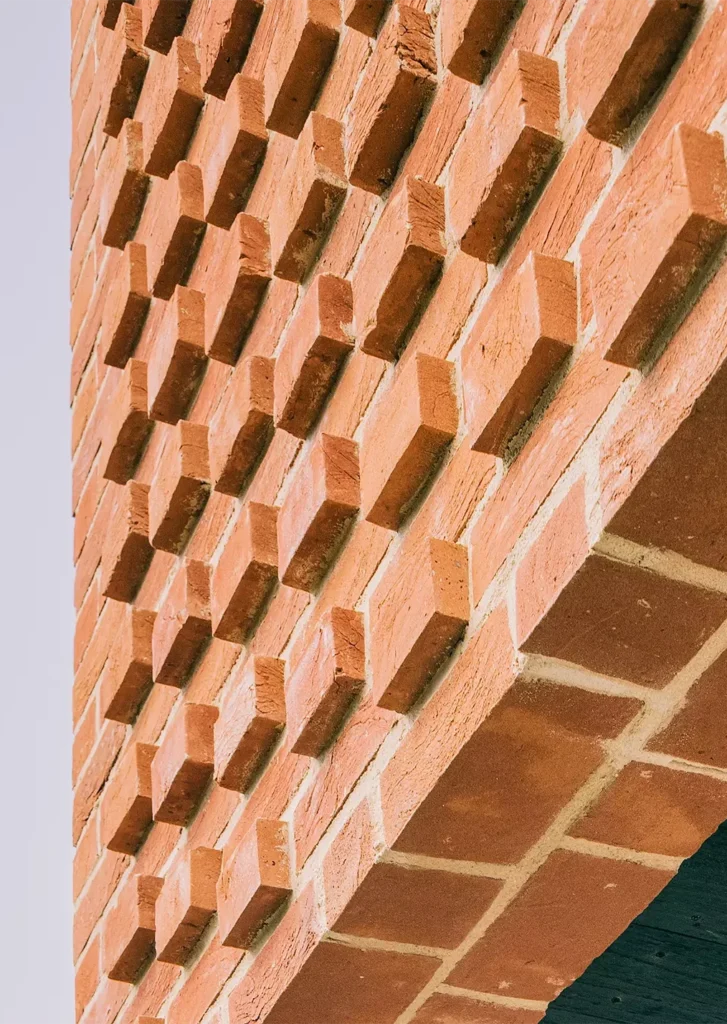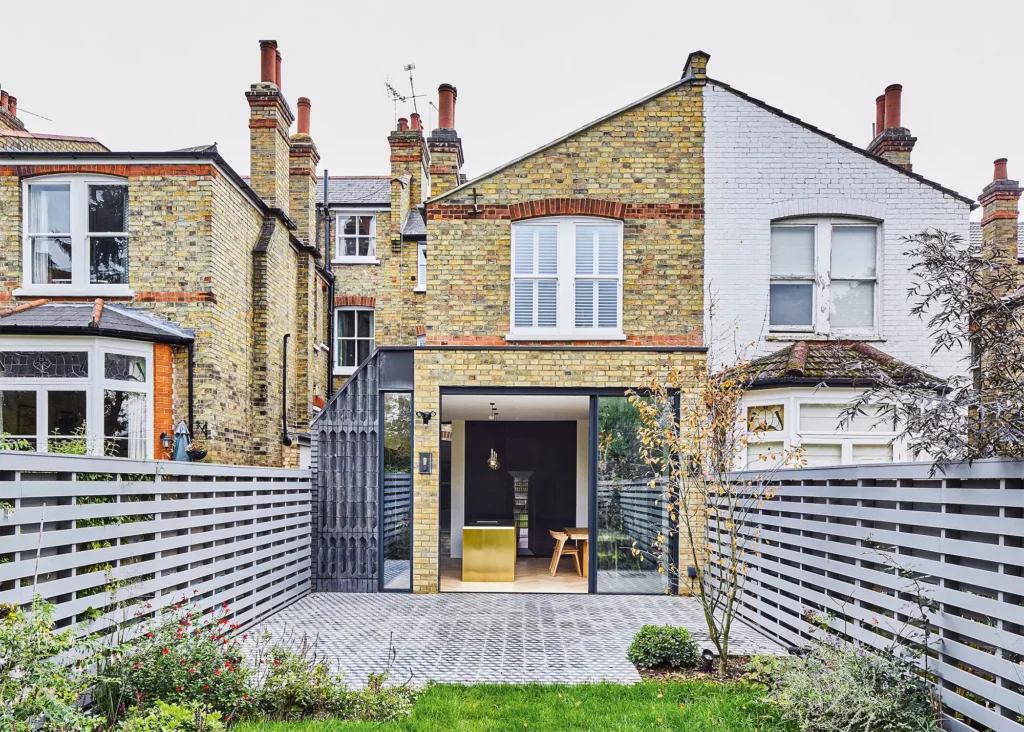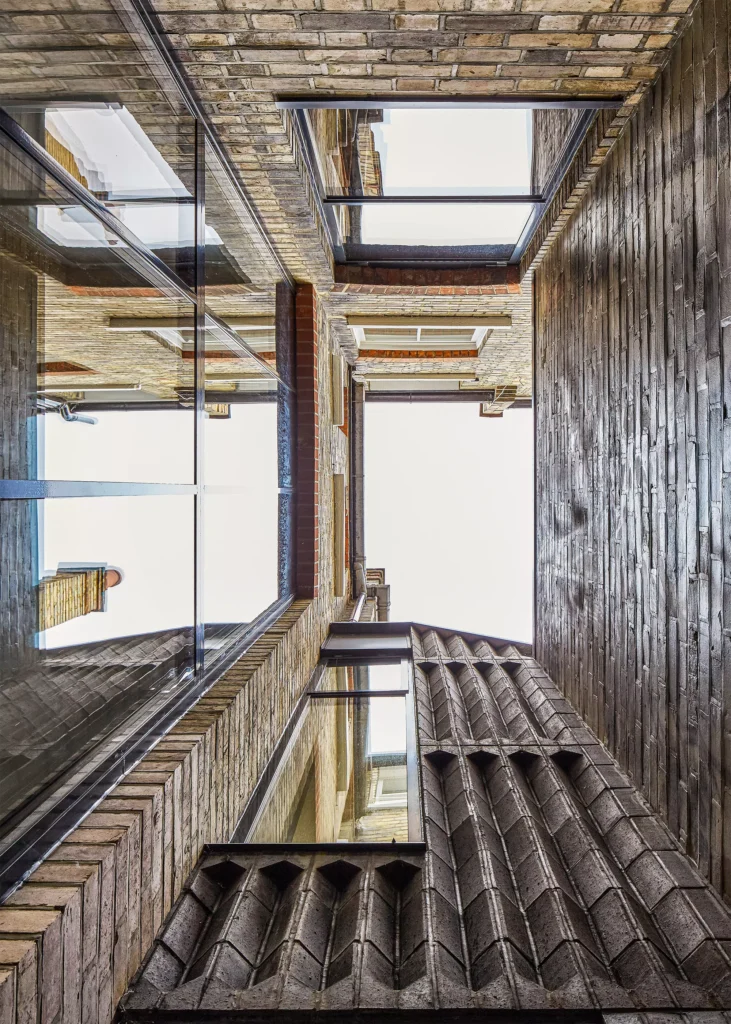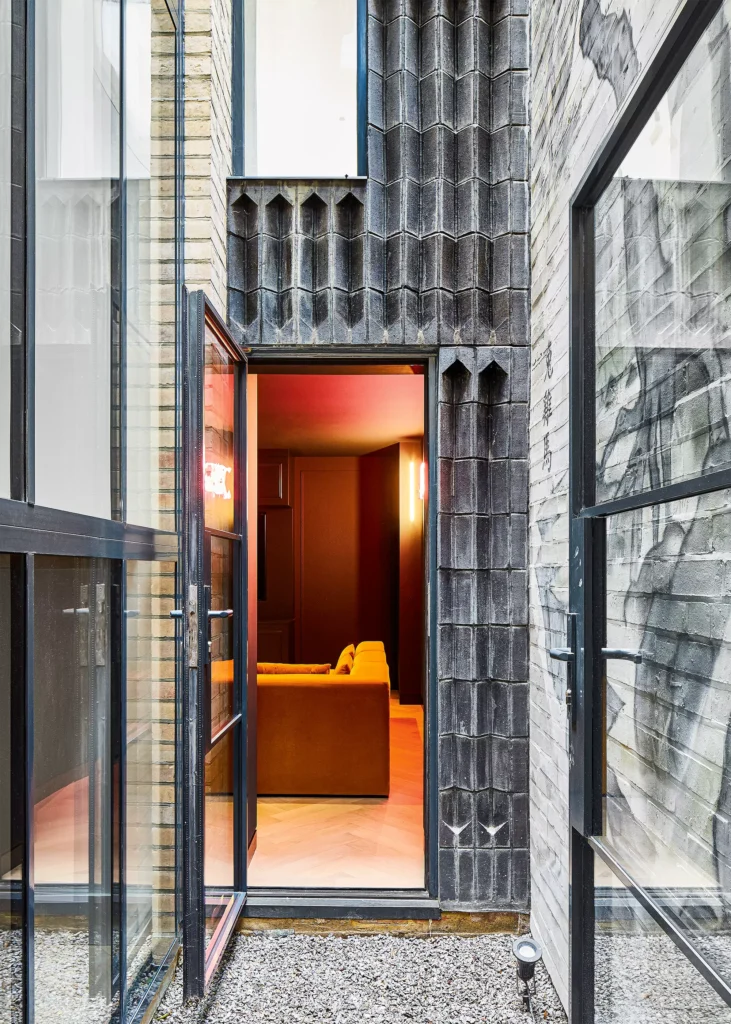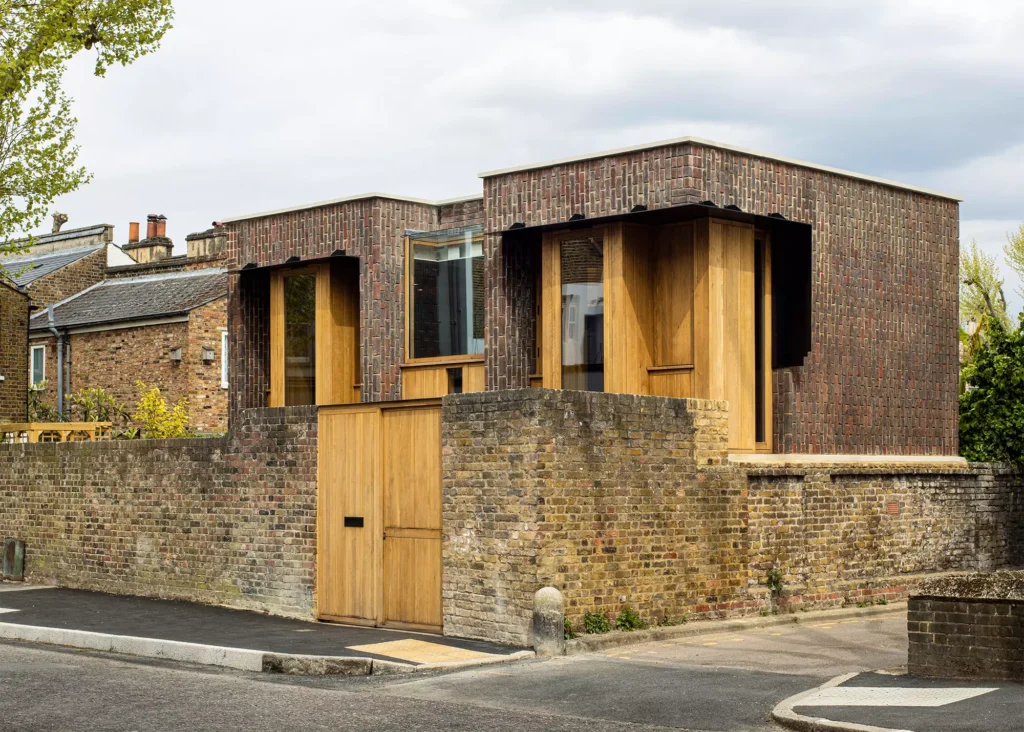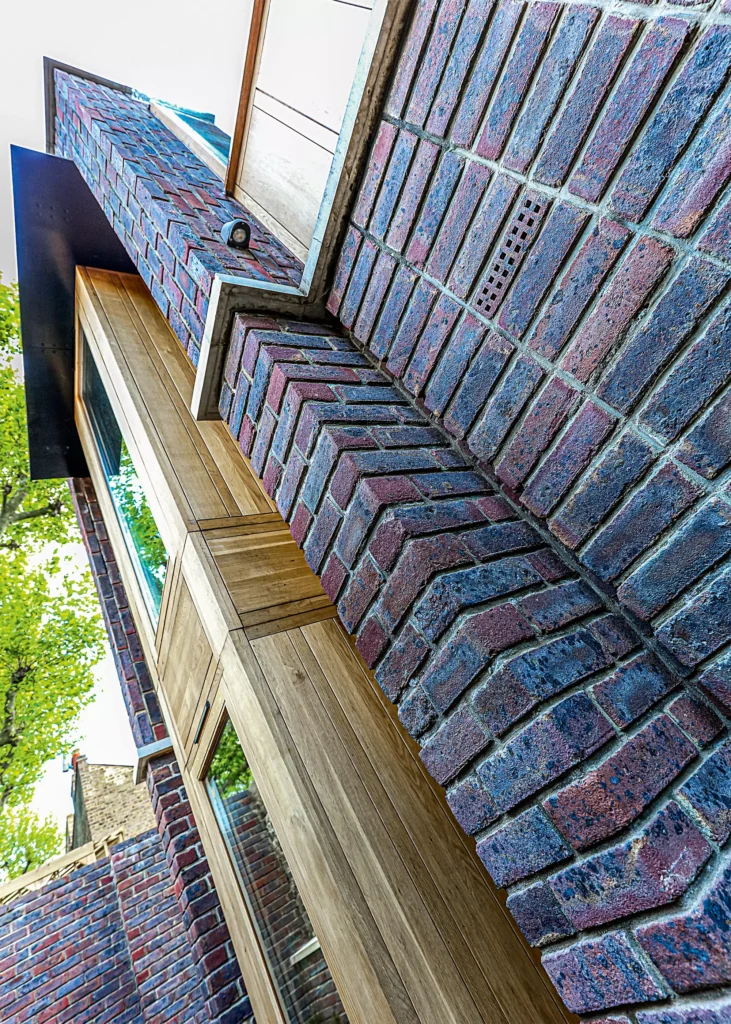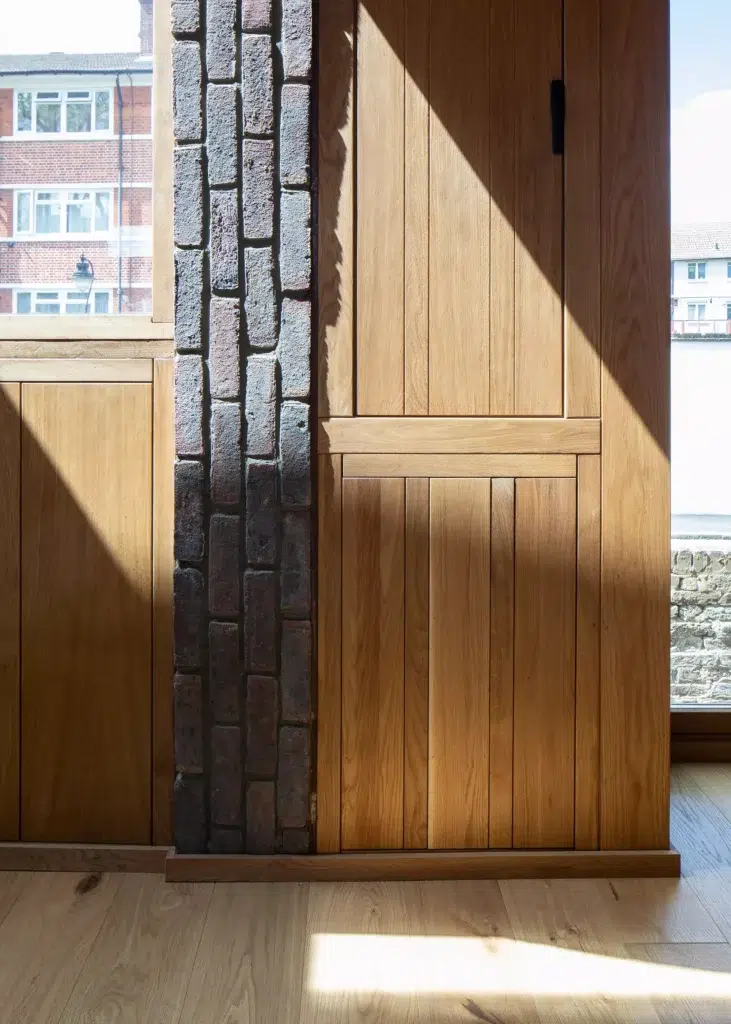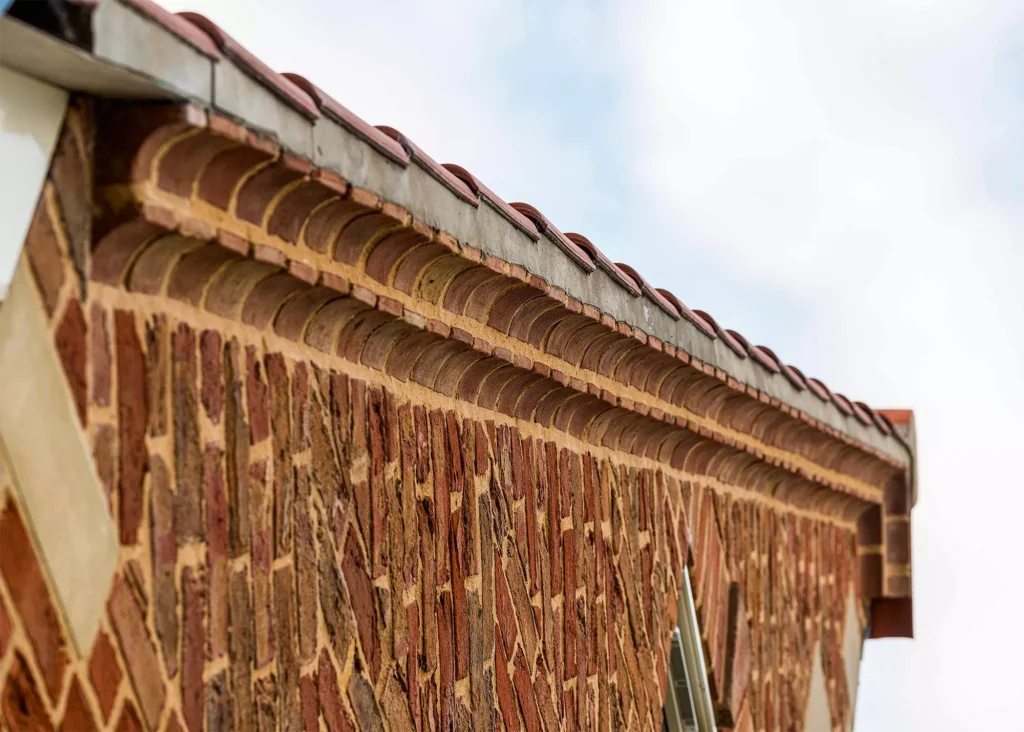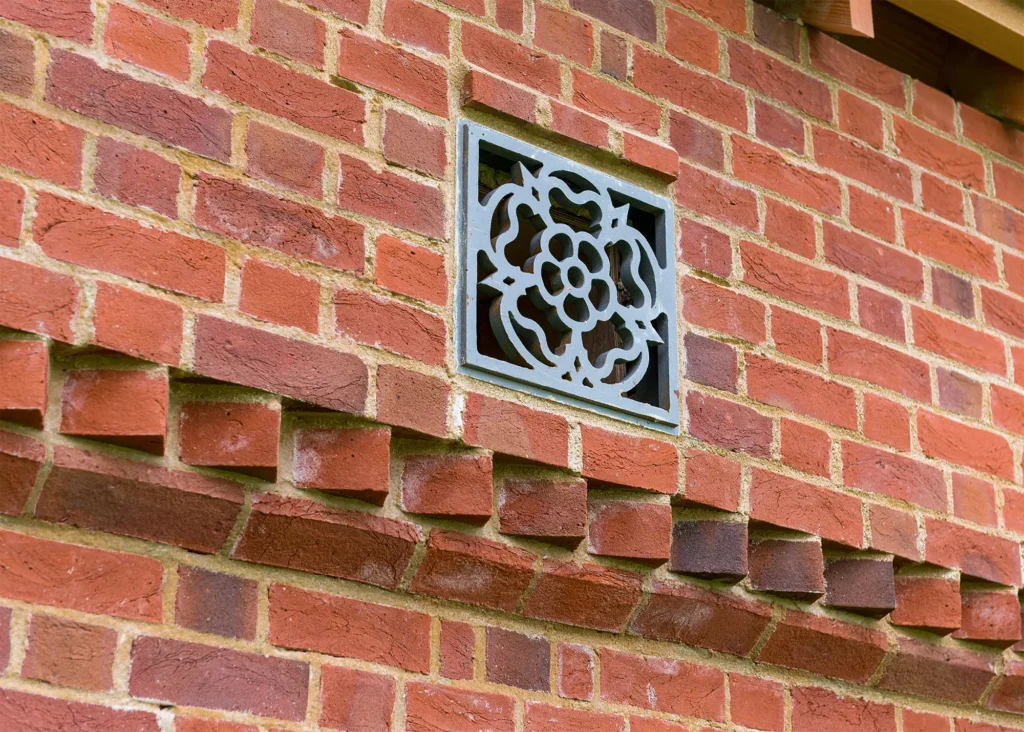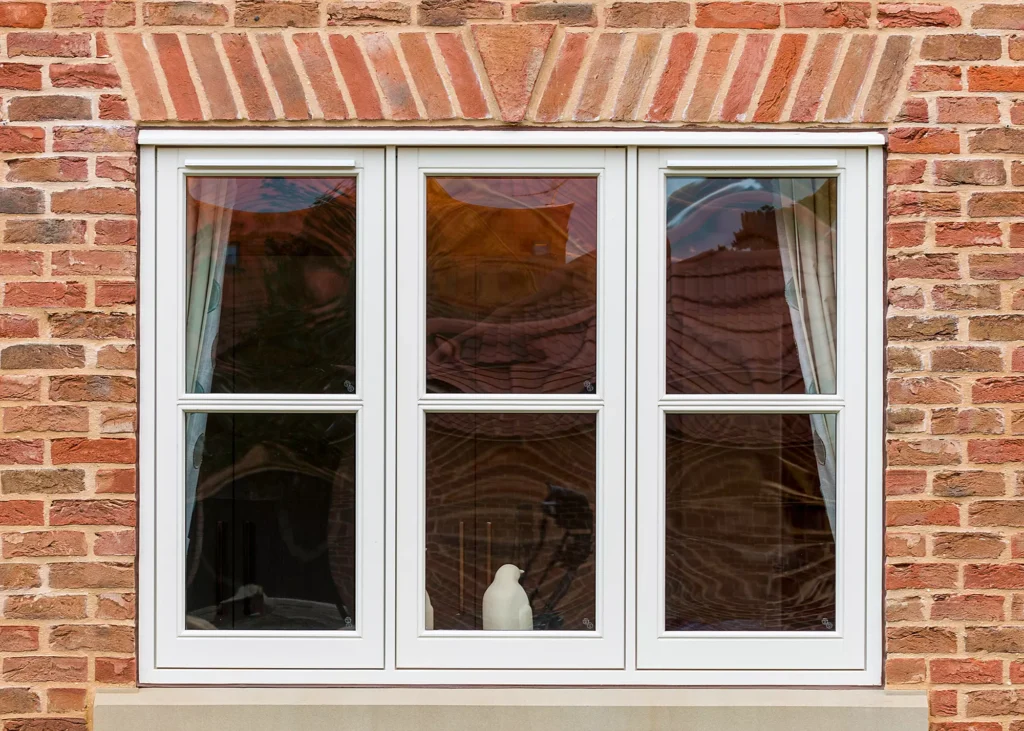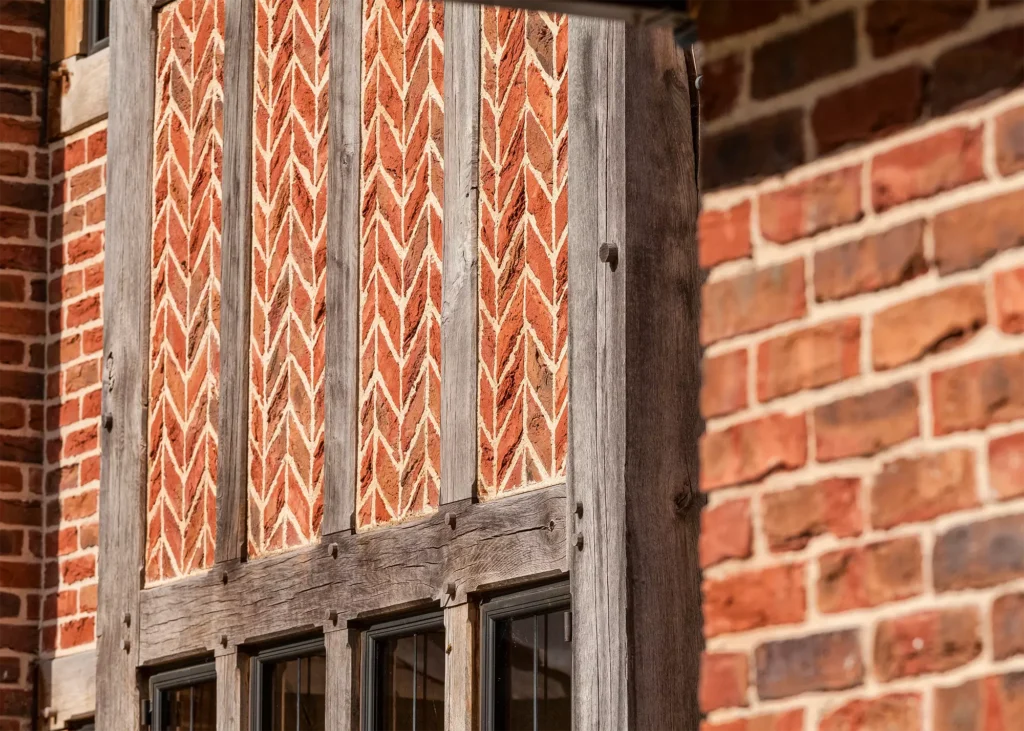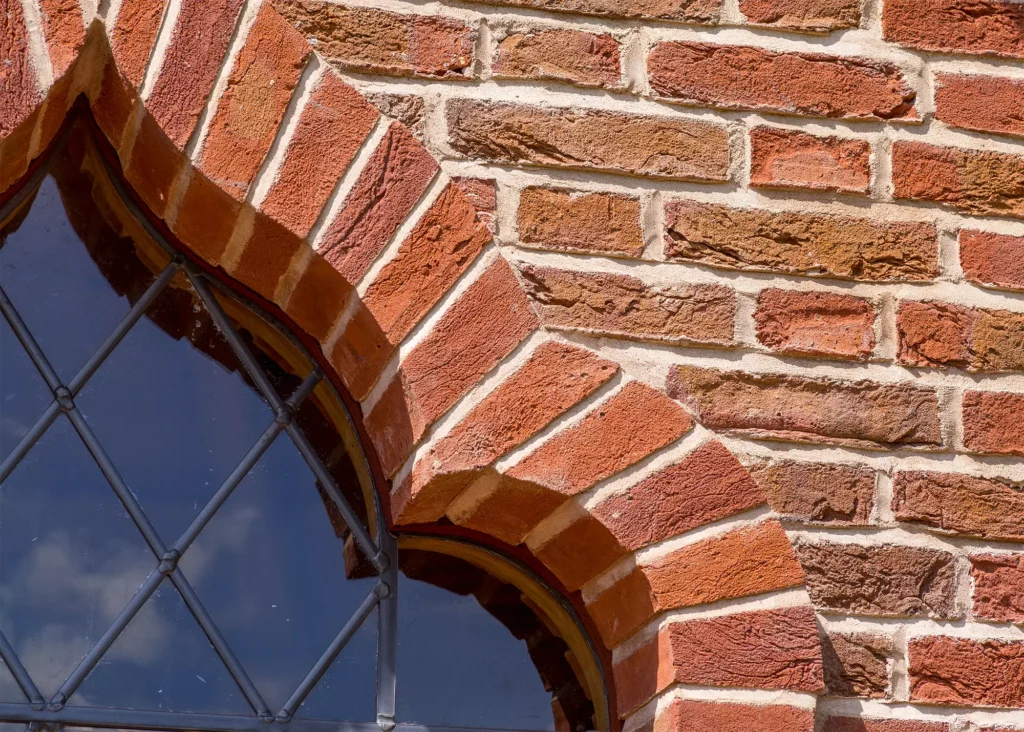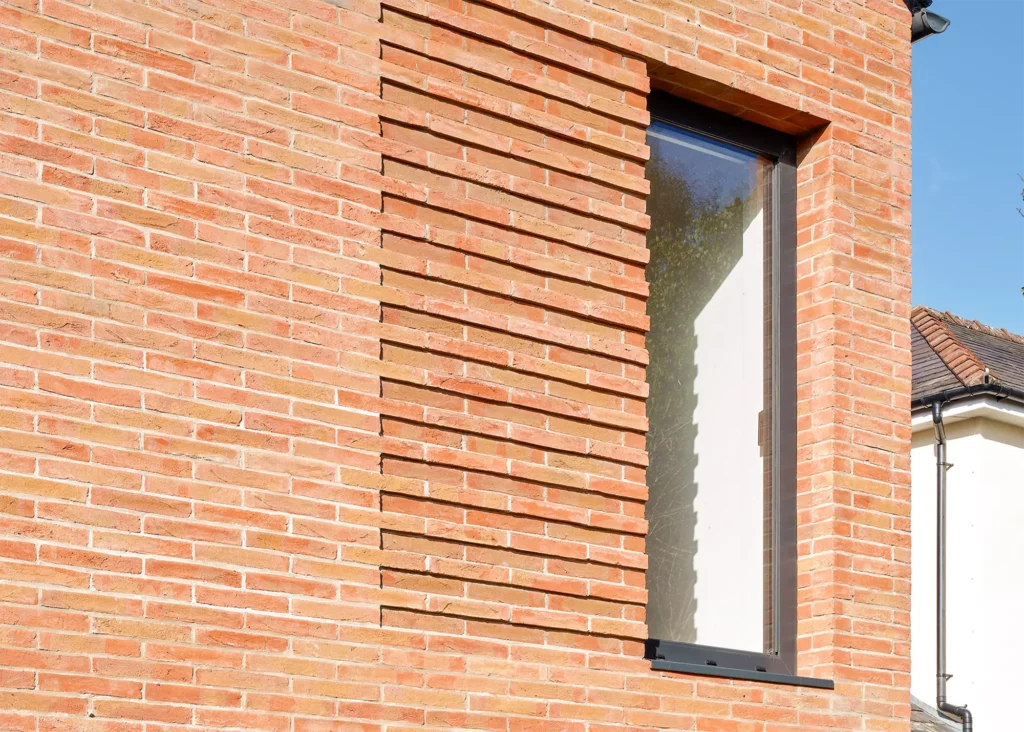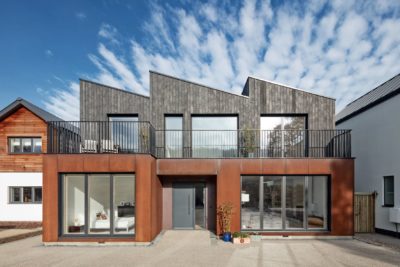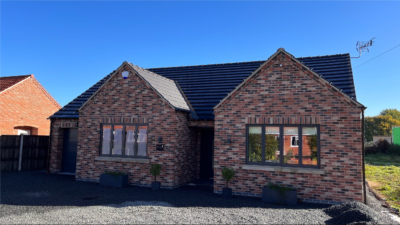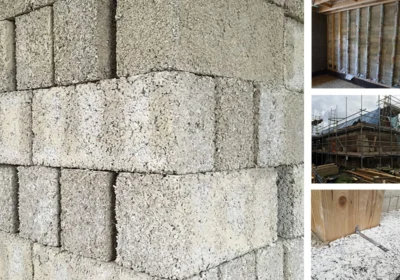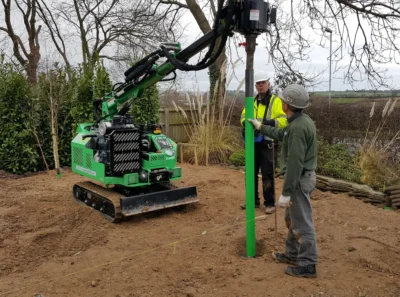Creative Brick Design: Using Bricks Innovatively in Your Self Build
Building materials have, historically, played a significant part in establishing an area’s character. The use of vernacular materials such as brick – especially important in UK architecture – still has the power to connect a building to its place. As villages, towns and cities develop, innovative use of similar products can create distinctive yet sympathetic settings.
The versatility of brick design makes it a very popular material; one which can be used in many different ways to create appealing interest and details in buildings. Examples both old and new are so popular that they are envied around the world.
Good design, combined with a good understanding of how to use this material, can make brick an intrinsic part of a home’s aesthetic. But just because a material has been in use for hundreds or thousands of years, does not mean that your building has to be a pastiche of the old. In fact, brick can be used in wholly contemporary ways.
This article aims to focus your attention upon brick as a building material and to showcase the many ways in which it can be used as a vehicle to realise your own dream home. I want to demonstrate that brick is still relevant and inspire you to use this material in your own self build project to create unique designs that you can be proud of.
Looking for building material suppliers? Browse Build It’s Company Directory
Sizing Up Your Bricks
Brick is an incredibly expressive material, but uses a fixed module size that has been around for generations. Smaller house developers and self builders have applied this relatively simple material in distinctive patterns to make their homes special in the past, taking pride in their creations and making towns and cities better for it.
A standard UK brick is 215mm long, 102.5mm wide and 65mm high. Units can be perfect to these dimensions if machine-made, or close to them when formed by hand. Handmade bricks are not quite straight and many people like this imperfection as a finish. You also don’t have to stick to the modern metric format: elongated, tile-style bricks can provide instant contemporary flair; meanwhile, some manufacturers offer imperial sizes to suit heritage projects.
Bricks have been used in all their different dimensions in UK architecture. They can be laid flat, on end, vertically or even at angles to create distinctive patterns to complement your design aspirations. We have grown to love the best examples of brick homes so much that they are protected as listed buildings and/or set within conservation areas.
Learn More: Buying Building Materials: Quantities, Quality & Lead Times
CASE STUDY Innovative Red Brick DesignDesigned by Napier Clarke Architects and winner of Best Individual House at the 2022 Brick Awards, this new build family home is a clever update on the local vernacular.
Brick plays a huge part in the architecture – with Henley red by Charnwood (a Michelmersh brand) enveloping the first floor, which cantilevers out over the timber-clad ground floor. This helps to reduce the overall scale of the building, while providing a permanent overhang and solar shading. Projecting brick headers create a playful finish that changes with the light, while a barcode of vertical brick fins complements the pattern of sleek modern glazing. |
Using Colour & Texture in Creative Brick Designs
Historically, clay would be dug up locally and dried or fired to make a brick. The process was so easy it happened right across the country, wherever the materials were readily accessible, so there were thousands of brick pits and providers. Today, there are far fewer makers – the Brick Development Association currently has 12 members, for instance.
Nevertheless, a great variety of styles is available. UK clay remains simple to handle, easy to push into a mould and is fired to create a very hard substance that provides excellent resistance to the external environment. This makes it an impressive building material.
Once it has been fired, clay makes different colours of brick according to where it was dug up. Therefore, different areas of the country have different brick styles that reflect the clay type found locally, creating an enduring architectural signature. This can be further amplified during the firing process, as different temperatures and techniques can produce variations in hue, pattern and other characteristics. Look closely at a brick and you’ll find that many are actually multicoloured.
Manufacturers can also create glazed bricks by firing the units at very high temperatures twice within a kiln. Sand-faced is another popular finish, where sand is literally applied to the face of the brick before firing. And while mass production means larger producers have ultimately taken over the smaller local pits, choice is still extensive – certainly colours aren’t simply limited to reds and browns.
Read More: Your Complete Guide to Handmade Bricks
CASE STUDY Extension With Creative Brick DesignFor this refurbishment and extension of a Victorian mid-terraced house in the Muswell Hill conservation area, Mulroy Architects specified a new basement across the entire footprint of the house – alongside rear and courtyard extensions.
The later two elements feature Ketley Brick’s Staffordshire Blue engineering bricks, used to create gothic-inspired fluted columns. Their crisp aesthetic provides a striking contrast to the flatter, light buff London stock bricks used across the rest of the house. |
Mortar & Brick Laying Patterns
Bricks are held in place with mortar, typically laid in 10mm-thick beds. The visible edge of this mortar, known as pointing, can vary in colour and joint type. It can be recessed or protrude, curved or corbelled (stepped out to form a decorative feature).
Combine the wide choice of clays, moulding and firing techniques with different pointing options, and you have a very large choice of types of brick and style of finish to use for your own project. I would suggest that you look at sample boards in daylight on your site and also ask your designer to show you what a variety of different brick colours and mortar bonds would look like on your proposed scheme.
Remember, bricks do not have to only be laid flat with the longer face exposed (stretcher bond). There are many other patterns that play with the orientation of bricks, such as Flemish bond, where the end face and the long face are exposed alternately to make an attractive pattern.
The Tudors (see Hampton Court Palace, London) and Victorians (Albert Dock Warehouses, Liverpool) used brick expressively. Proponents of the Arts & Crafts movement (The Red House, Bexleyheath) used the same material in even more elegant designs. In other words, there’s lots of inspiration out there! Indeed, brick is even celebrated on its own website (www.brickarchitecture.com).
While brick has been used for many centuries, it lends itself to both traditional and contemporary projects. At Lapd Architects, we use this material in both conservation projects and in very modern designs for clients’ homes. However you use them, it’s important to spend time selecting the right brick for your scheme – as it will be seen for the life of the building. A sample panel of at least 1m wide is essential for you to really assess the colours, bonds and patterns that could work for you.
More Inspiration: Brick Design: The Best Brick Ideas for Your Project
CASE STUDY Urban Brick HomeLike many of the homes featured in this article, this project was shortlisted for the 2022 Brick Awards Individual Housing category. Southwark Brick House by Satish Jassal Architects showcases a range of bonding styles using Ibstock’s West Hoathly Sharpthorne mix. A horizontal running bond defines the kitchen dining areas, while stack bond (with bricks laid directly on top of each other) denotes the stair at the core of the building.
The first floor living space is enclosed with an innovative vertical running bond used both inside and out – and in all cases a 10mm recessed mortar joint creates deep shadows |
How Does Brick Relate to the Structure?
Prior to the introduction of cavity walls (first used in the 19th century), brick would inherently provide the load-bearing capacity as well as the appearance of a building. Cavity walling really started to take off in the UK from the 1920s, with the inner leaf of masonry providing the structure and the outer leaf used for weathering and appearance.
As materials developed, the inner leaf would normally be constructed in concrete blockwork, which is cheaper and stronger than brick, as it was to be covered up.
Read More: Modern Masonry: Why Choose Brick and Block?
QUICK GUIDE Buying BricksSelf builders are welcomed at builders’ merchants, each of which will have its own brick suppliers. If it’s a national firm, you might see the same choice as everyone else in the country. So, if you want local distinctiveness, then try a specialist supplier or a brick matching firm. They will talk to you about your needs and then work with a potentially wider selection of manufacturers to find exactly what you want. This is particularly useful if you need very close or exact matches of existing bricks for conservation projects. Some manufacturers can produce your own bricks if your order is large enough. So, do not hesitate to ask – I’m sure smaller manufacturers would accommodate such requests and it would probably not be as expensive as you may think. Ultimately, don’t just go with the initial cost offered, or with what the local merchant has in stock. Spend some time looking at a number of samples as, once built, you will be looking at these external materials for many years. If your project has to be cost-driven, then you could buy different types of bricks from a number of suppliers and consider painting them afterwards. Whilst you are increasing labour costs in applying the paint finish, the result can be modern and full of character. Looking for vernacular design ideas? Take a look at these homes: Contextual Design and Architecture: Self Builds That Respond to Their Location |
The outer leaf could then be brick or blockwork with render – and the cavity inside started to be partially filled with insulation (leaving an airgap to allow moisture to escape).
Building construction has evolved so that – as well as different types of blockwork – the inner structure can now be provided using timber, steel, structural insulated panels (SIPs), insulated concrete formwork (ICF) and more.
Wall thicknesses are increasing to meet insulation and airtightness targets, so the use of standard brick-and-block can result in external walls approaching 500mm thick – but some of the construction systems listed above can help to keep wall thicknesses down. It’s also worth noting that brick is a relatively dense material and therefore has an excellent thermal mass. Exposing brick internally can therefore benefit comfort levels within your home, as the material will hold heat longer than plastered surfaces.
You might also want to consider the use of modern brick slips, which are thin slithers of the material – rather like a bathroom tile. They can be stuck to a backing board for use with panelised building systems or, in the case of ICF (insulated concrete formwork), directly to the structure to minimise wall thickness. Slips are relatively lightweight and non-loadbearing, so you can even use them as a flat ceiling finish – which is an unusual but intriguing look.
Slips are really opening up the possibility to use brick detailing in very free-flowing designs – including for curves or even to create artworks out of your walls, both inside and out. The local planning authority may have something to say about just how far you can go. Nonetheless, I feel that if we want to create architecture that boosts our sense of place, we need to get away from playing it safe all the time and be more creative with our house designs.
Learn More: Structural Systems and Building Methods: Which is Best for Your Self Build?
6 Amazing Brick DetailsThis showcase of inspiring ways to use brick comes from the archives of UK specialist brickmaker York Handmade: CORBELLINGThis simple handmade brick detail offers DOG TOOTHINGThe bricks are offset at angle to the main brickwork to create a dogtooth effect FLAT ARCHThis flat arch detail, with clay keystone, can be made to any length of window opening by adding more units (from £70 per set) HERRINGBONE BONDCut from standard 65mm Thirkleby Blend bricks, this herringbone pattern creates an effective detail panel (£1.05 per brick)
WINDOW FRAMINGThis intricate window surround pits fine-textures against a backdrop of open creased handmade bricks (from £1.10 per brick) RECESSED DETAILSetting back areas of long-format Maxima Hambleton blend bricks from the main facade creates form and shadow (£1.80 per brick)
|
Conclusion
Hopefully, this article has inspired an interest in this everyday material, and you will perhaps consider using it in your own individual home design. Whilst modern methods of construction are moving away from the traditional approach to bricks and mortar, brick can still be relevant in contemporary design.
This material has been used structurally and aesthetically throughout many different periods – and history has shown how designers have repeatedly reintroduced brick to create new styles of architecture. It can be used in all sorts of interesting ways and should be embraced in reflecting how we, as a society, can still be innovative today.
Looking for more architectural advice and inspiration? See Architect Opinder Liddar’s full collection of articles
Featured image: The owner of this Edwardian terrace wanted to build a characterful kitchen extension. Working with Pamphilon Architects, they’ve created a timber frame addition, finished in Hectic Red units by Wienerberger.
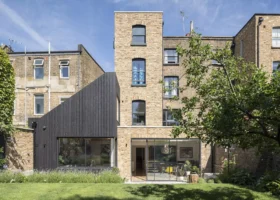































































































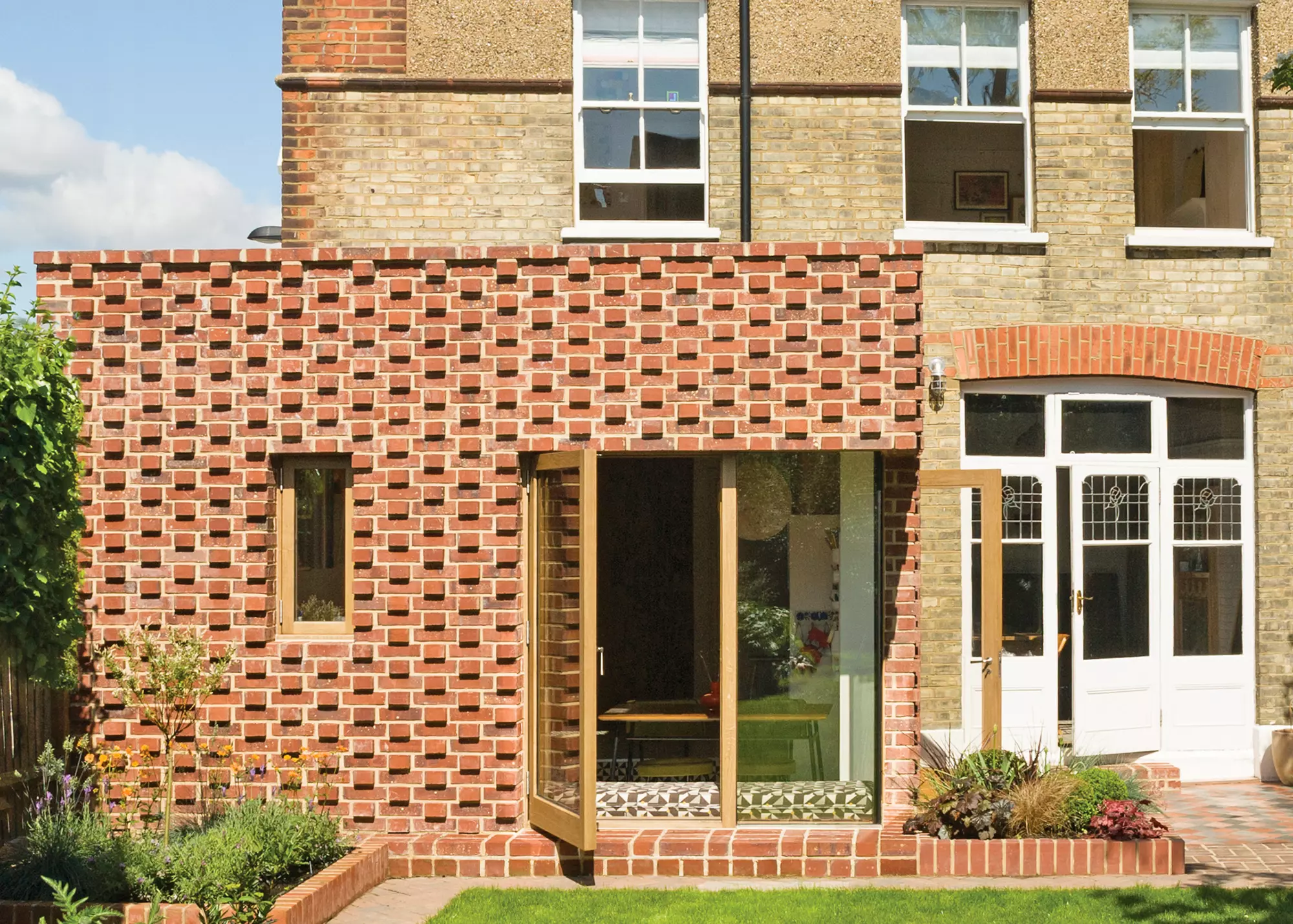
 Login/register to save Article for later
Login/register to save Article for later

